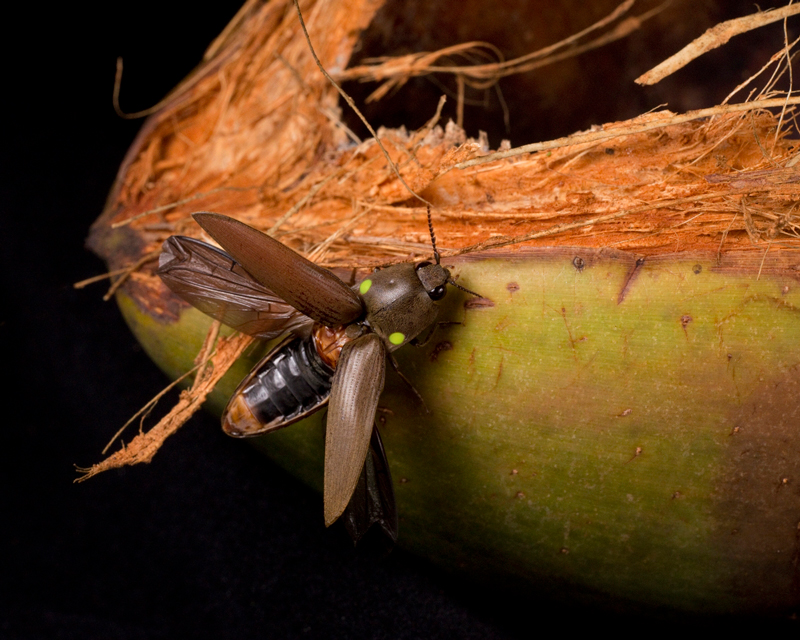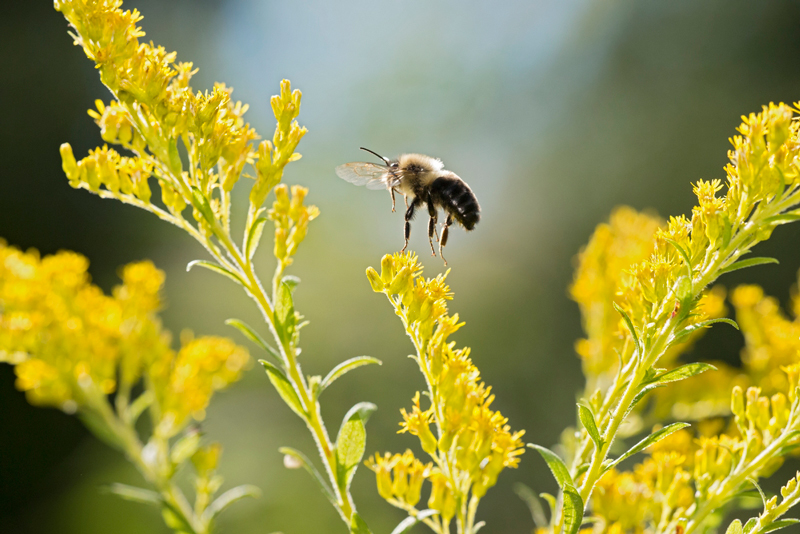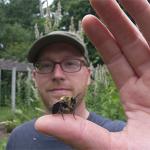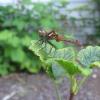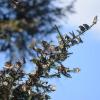As a natural history photographer who specializes in photographing insects and other small creatures, I sometimes wonder why everyone isn’t as obsessed with the little things in life as I am. When I peer through my camera’s viewfinder and look into the eyes of a jumping spider, or marvel at the amazing structure of a bee’s wing, I am transported into an incredible, miniature world that is more marvelous than anything that has crept onto the pages of a science-fiction novel.
I came to nature photography nearly 15 years ago with a life-long fascination with the natural world. And while I had some understanding of the animals that I was photographing—ermmm… attempting to photograph—the process of actually making decent images of them proved to be quite a challenge. Not only did my subjects object to sitting still for very long, but they were also shiny, or nocturnal, or very shy when approached by a bumbling giant with a serious lack of photographic know-how.
After countless hours of practice and research I was able to finally get past those early frustrations and actually make a career out of documenting the natural world. Along the way, I’ve picked up some helpful tips that have made my experience documenting insects and other types of wildlife much more enjoyable and successful. Many of the tips I like to share with new photographers have little to do with gear, and more to do with increasing your understanding of your subject matter. Here are a few of my favorites!
1. Become a better naturalist
I realize that you’re probably thinking to yourself, “What about flashes and a snazzy new tripod?”
Well, we’ll get to that in a moment, but first things first. The most important tip that I can give you for improving your insect photography is to spend as much time as possible getting to know your subject. Most species have certain times of the day when they’re most active, seasons where they perform elaborate mating rituals, and preferred habitats. The more you understand these things, the greater the chances are that you’ll have successful images in your future. Can you imagine a sports photographer not understanding football or baseball? Understanding the rules of the game will better prepare you for capturing an amazing photo of that winning touchdown. This leads me to my second tip: Capture behavior!
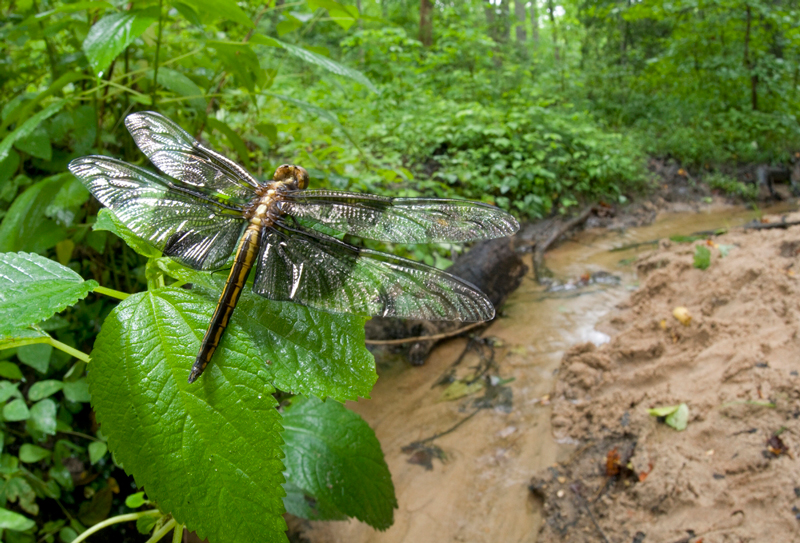
2. Capture behavior for more interesting pictures
I love nature photos of all kinds: portraits, landscapes, you name it. However, the wildlife images that seem to capture the public’s imagination above all are those that feature dramatic action and behavior. In many ways, an incredible moment—frozen in time forever—is at the heart of what photography is all about. What’s more, although we all get lucky sometimes and come across a random, jaw-dropping moment, top nature photographers will tell you that to really capture special behavior requires months of planning and research, along with a whole lot of failed attempts, to pull off that truly spectacular image.
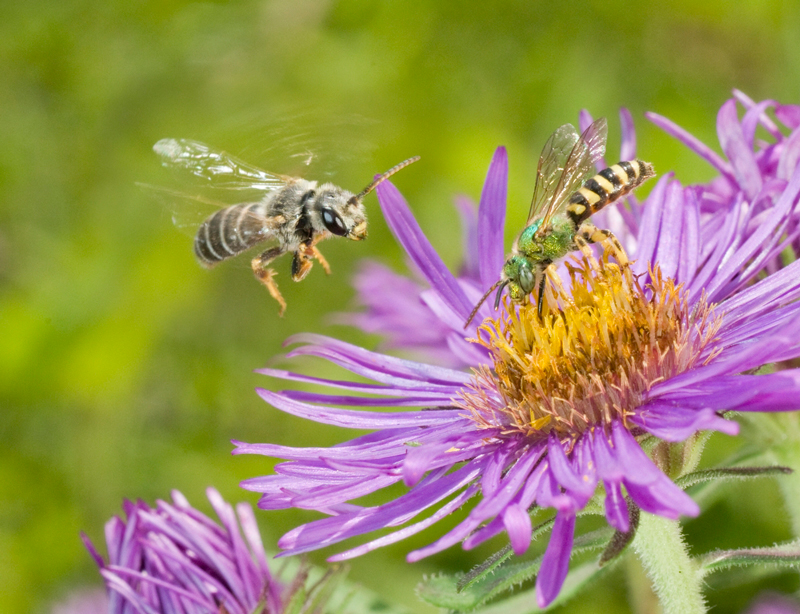
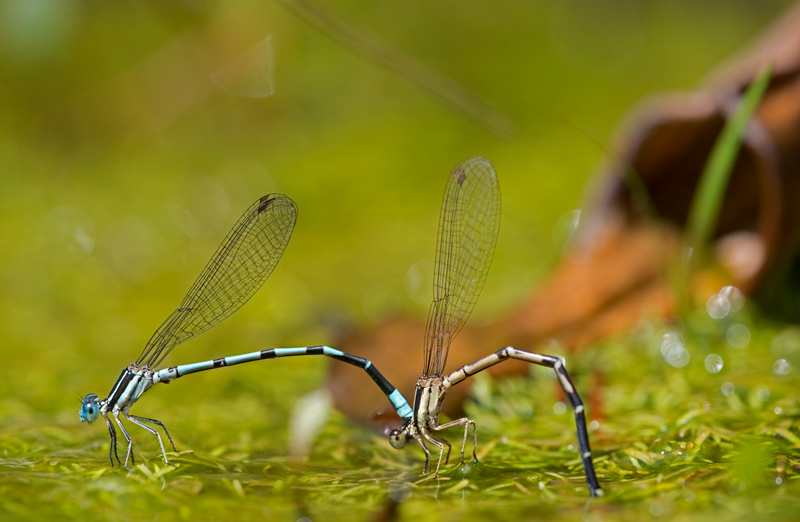
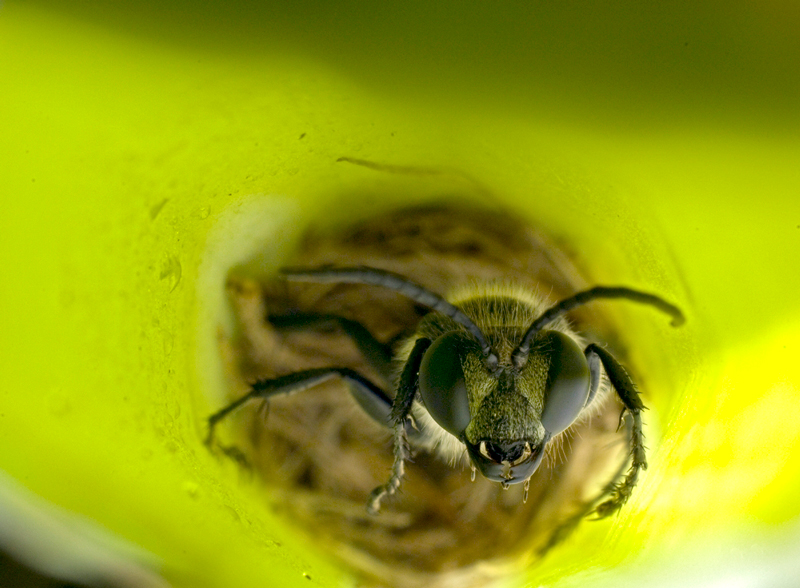
3. Don’t hit snooze
I’ll confess that I’m definitely NOT a morning person. I can stay up all night, but there is something about the sound of that morning alarm that makes me feel just… so… sleepy. To all you fellow snoozers: let go of those fading dreams and get outside. Early morning is the perfect time to photograph insects that are normally difficult to approach. Insects are ectothermic, which for many species means they aren’t able to move about very much until after sunrise. A walk along a pond’s edge in early morning will likely reveal beautiful dew-covered dragonflies and other insects that you can walk right up to. To make a nice, sharp photograph, be sure to bring a tripod since you will likely need to take a long exposure to compensate for the low levels of morning light. Also, keep in mind that not long after the first rays of the morning sun hit your subject it will be flying or hopping away.
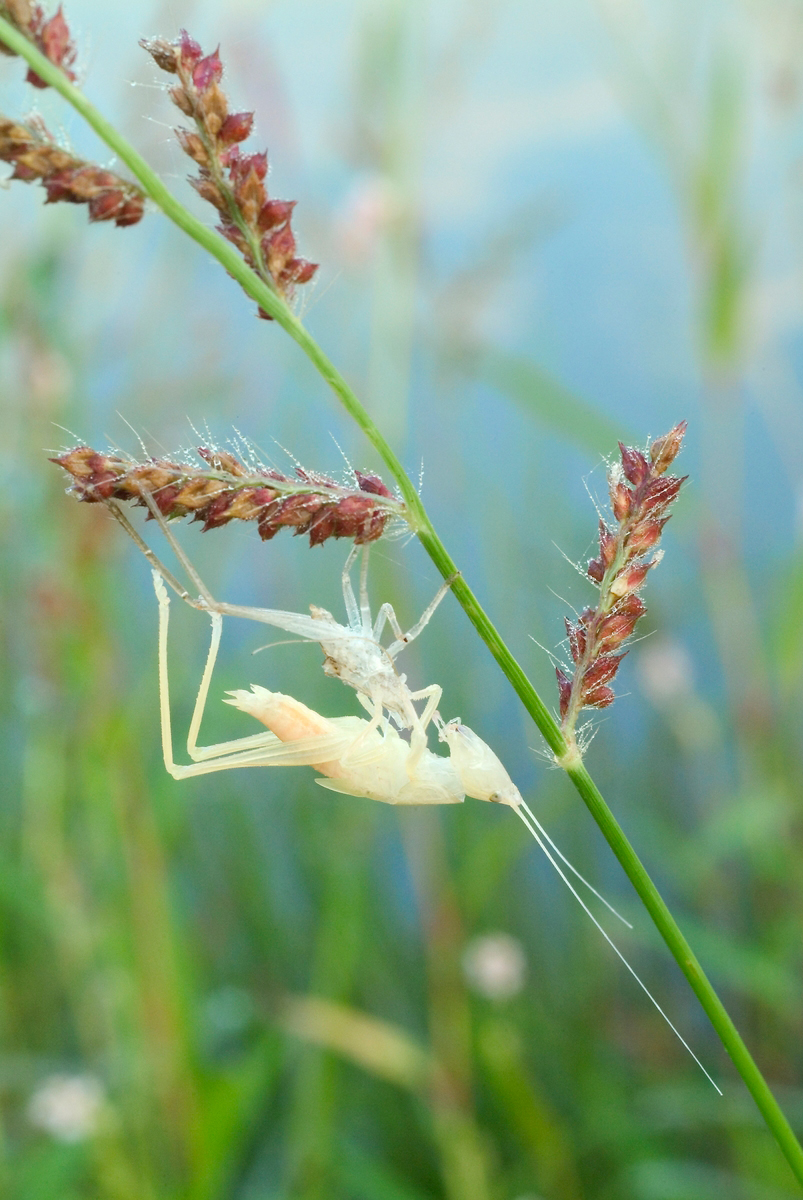
4. Look them in the eye(s)
One of the best ways to create an image that your audience will connect with is to make eye contact with your subject through the lens.
This technique works in two important ways. First, it forces you to get on your subject’s level, which is essential when photographing small creatures. There are already too many photos of small creatures on the ground taken from the perspective of a standing person. I liken this to photographing street musicians in New York City from the top of the Empire State Building. No one would do this, and yet we find it acceptable with small creatures. Getting onto your subject’s level brings an entirely new perspective to the viewer and may make it possible for them to make a connection with the smaller species that we share our world with.
Second, if you can make it possible for the viewer to lock eyes with an insect or other small animal that they would typically dismiss, then maybe, just maybe, they’ll begin to think twice about using pesticides or other methods that are harmful to invertebrates. By making a subject into an individual, you may permanently alter the viewer’s perception of it.
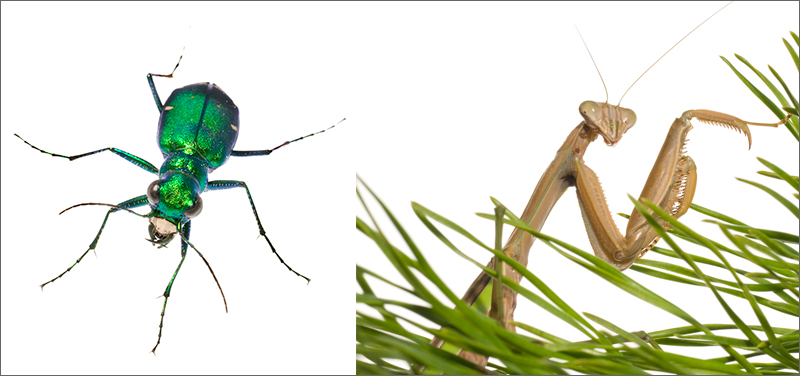
5. Your friend, the flash
When I first began my journey into the world of nature photography, I was a purist. I only shot in available light, and that typically meant shooting in the early morning hours and just before sunset. It’s common knowledge that the light during these times of day is beautiful. The challenge lies in the reality that when you’re trying to capture insects in motion, you’re likely to be shooting all throughout the day and even into the night. Suddenly, those old rules about when to shoot go out of the window.
Adding flash photography to my toolkit was a real game-changer. It allowed me to shoot during any time of the day, create dramatic portraits, and freeze the motion of my subjects in mid-flight or mid-action. Fill flash is the best place to start if you’re interested in taking the plunge. This is the process of adding just enough light into the scene to fill in the shadows and freeze the motion. Rather than becoming overwhelmed by how much flash to add into a shot, think of it like cooking; you start with your basic ingredient—natural light—and from there, add one flash at a time to taste. Once you start shooting with flash, your biggest question will be, why didn’t I do this sooner?
